
Alginate life casting split glass, seamed, reconstructed piece by piece with gold leaf. Light leaks through it.
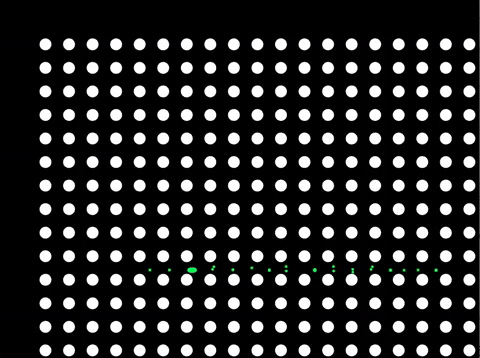
I’ve been playing with generating graphics using code since taking Zach Lieberman’s class Recreating the Past. We built work in openFrameworks, using contemporary software to make artwork which was inspired by past giants like Lillian Schwartz, Muriel Cooper and Ken Knowlton…
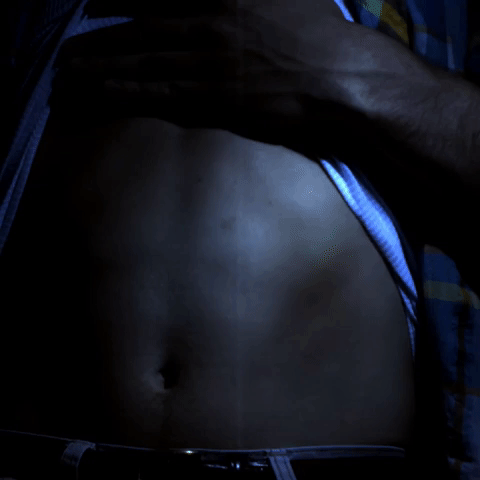
High speed documentation of contact between bodies. A russian grandmother pulls my cheeks, a pat on the back. Small beauties that slip by unnoticed every day.

For MIT Hacking Arts 2018 I got to assemble a dream team of friends from MIT to build an artwork with Agnieszka Kurant overnight. See it all here! Read more about the team and work here! We built a series of robotic animals controlled by the internet. Shown at Nicolas Bourriad's La Panacée, SFMOMA's online collection, and at Harvard metaLAB's AI + Art Group. Living on in the ether evermore.

Time, time. Melting, bouncing. Wax cast, rubber ball, little humor.
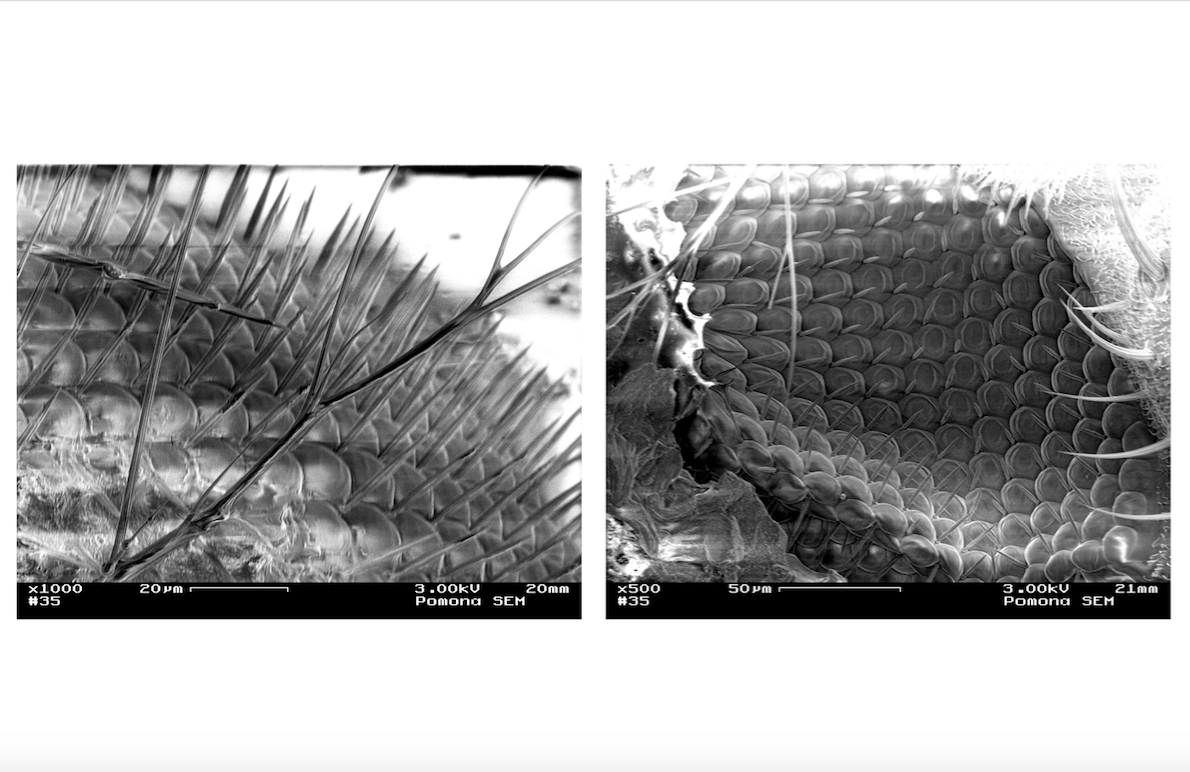
Ants, hive minds and eusociality. After a talk on similarities between ants, brains and cities at SIME/Art Basel I did this project on a Scanning Electron Microscope, putting an ultra thin coating of gold on ants. The resulting images flip scale in wonderful ways. An ant eye feels like a whole world. And maybe it is.
What does an individual in a collective body think, feel, see? How similar are ants to neurons in their particle/collective relationship? I want to investigate ants, and then build mechanized proxies!

Exploring treating animal anatomy like machine anatomy. A lobster divided at every joint, then extended with machine capabilities (gears, springs, motors). Watch the video, see it transform. Published in Red Lobster internal magazine! Art in the beast’s belly.
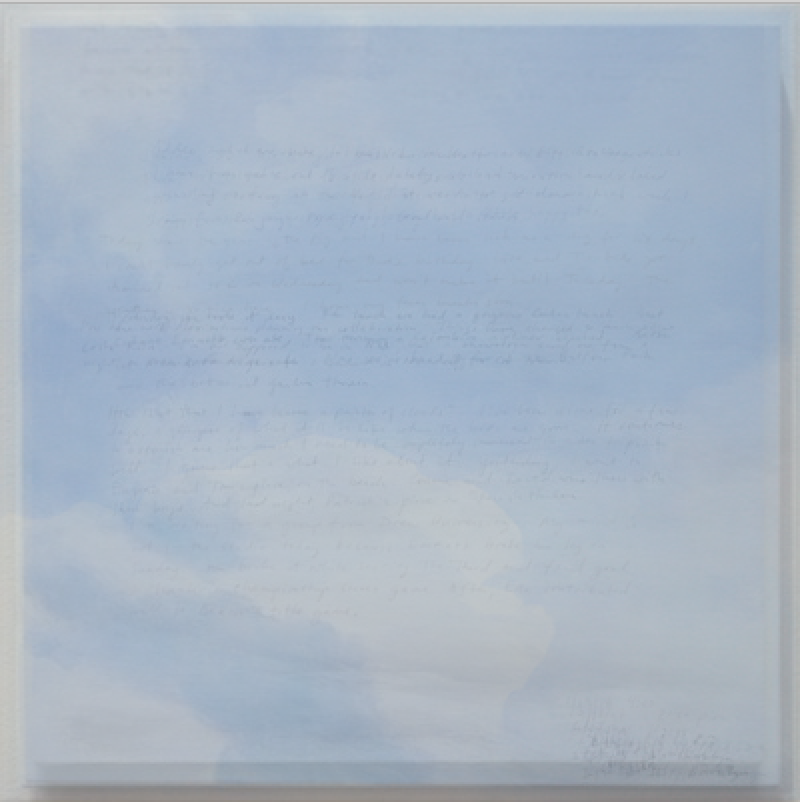
An averaging of paintings by Byron Kim, a favorite artist of mine. A subtle way to see style. Layers of clouds and poems. Code on github here for openFrameworks.
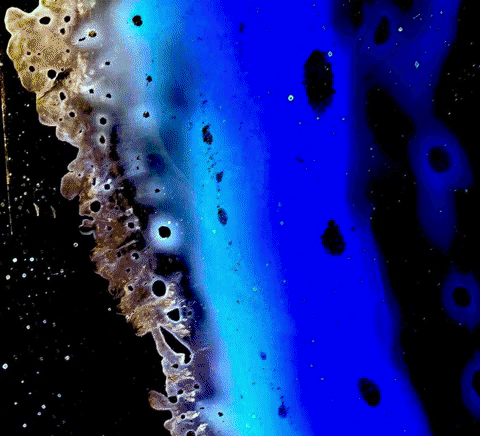
Making strange fractal forms with Ben Miller and Adam Burke in the MIT Museum Studio late at night, then using Zach Lieberman’s tools from openFrameworks to turn them into glitch art. Built from code here.
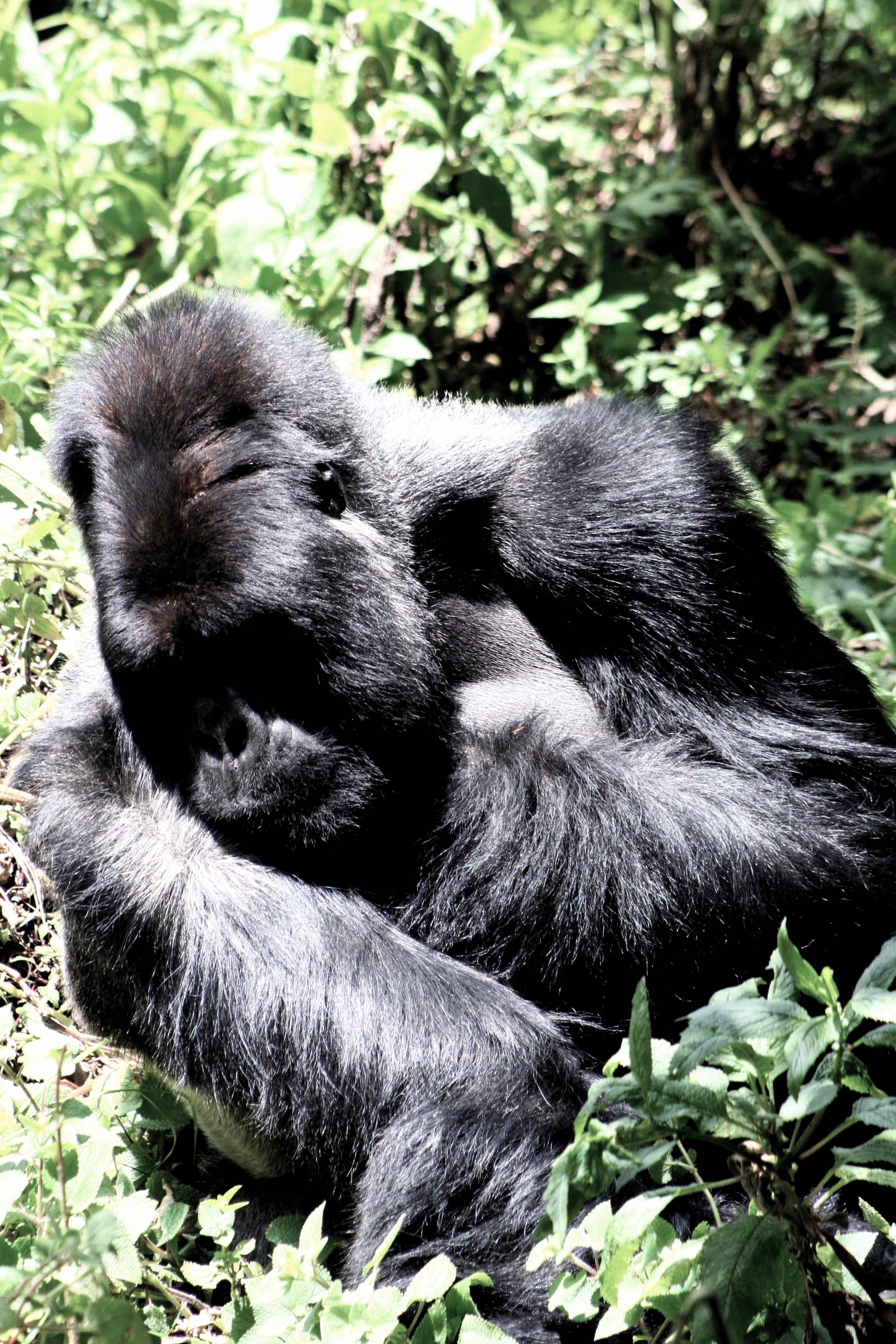
Some shots I took years ago, and love still

Experimental Darkroom Photography--Solarization, Composite Negs. An animal scratches its back.

What a face!

A slow surprise

One amongst a series of children's toys I made. This one for my sister. Discarded and found wood, tinfoil, bottle caps, yarn, couch tassles.

There is great wisdom in the faith, face and folly of the Holy Fool. Comedy reintroduces us to ourselves, our decay and rigidity. There is a philosophy of tickling to be taken up, ribbed.
Matthew Silver is the first Fool I've met. We made a series of videos in an airport delay. His nakedness on NYC Streets was a fixture of my childhood. What a pleasure.
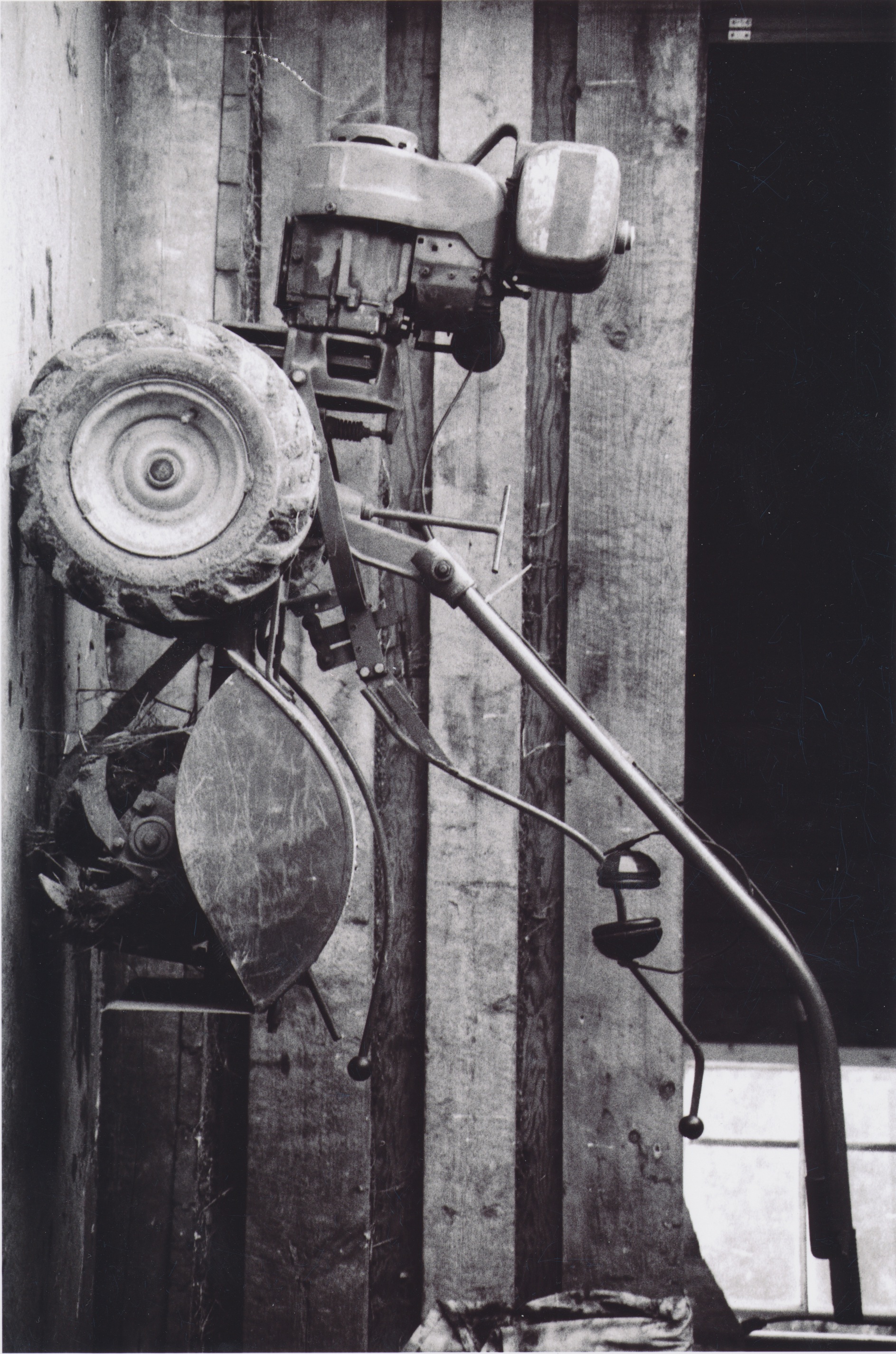
Wiscasset, ME. Chewonki Farm.
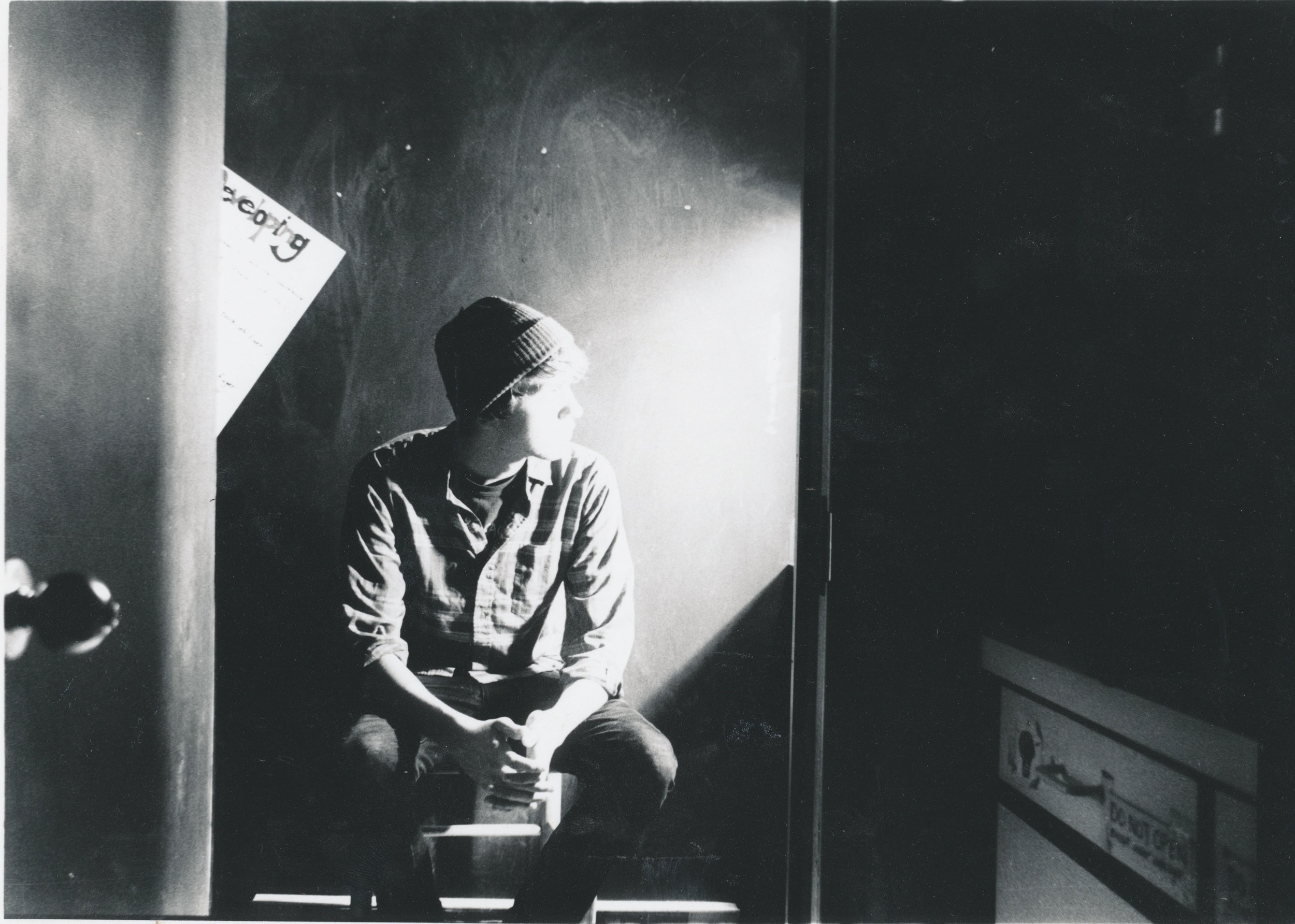
Solarization and burning, darkroom experiments, looking into the light.
Many thank to Nick Devlin for letting me take his photo.

The title says it all it's really about strange circular stories in strange circles so the title says it all as it's really a compilation of strange circular

Made as a gift for my neuroscience PI @ MIT McGovern, John Gabrieli. CNC, Walnut.

Purple heartwood, cherry, maple, water jetted acrylic. A display for handmade knives.
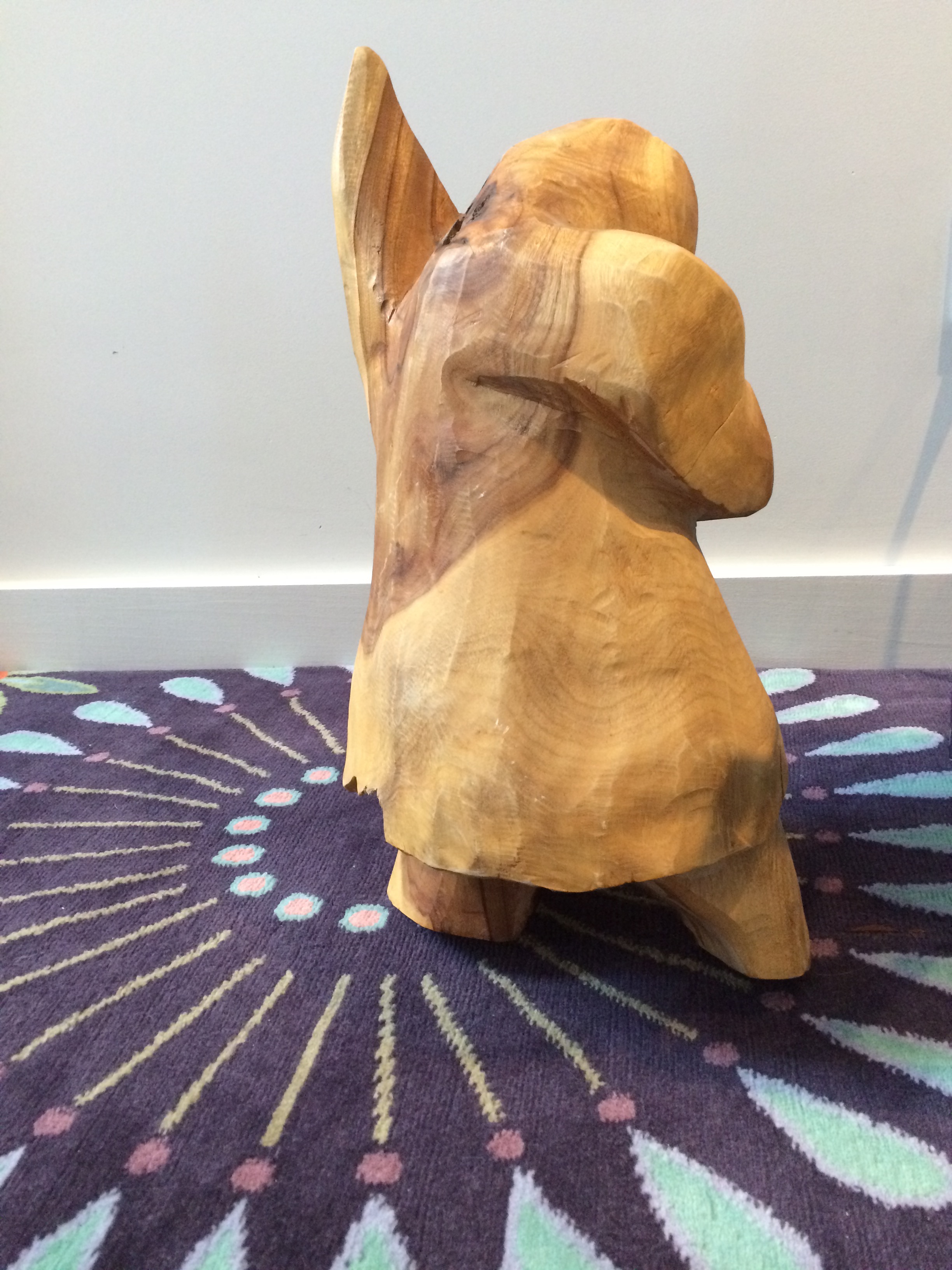
A matter of perspective, you see?
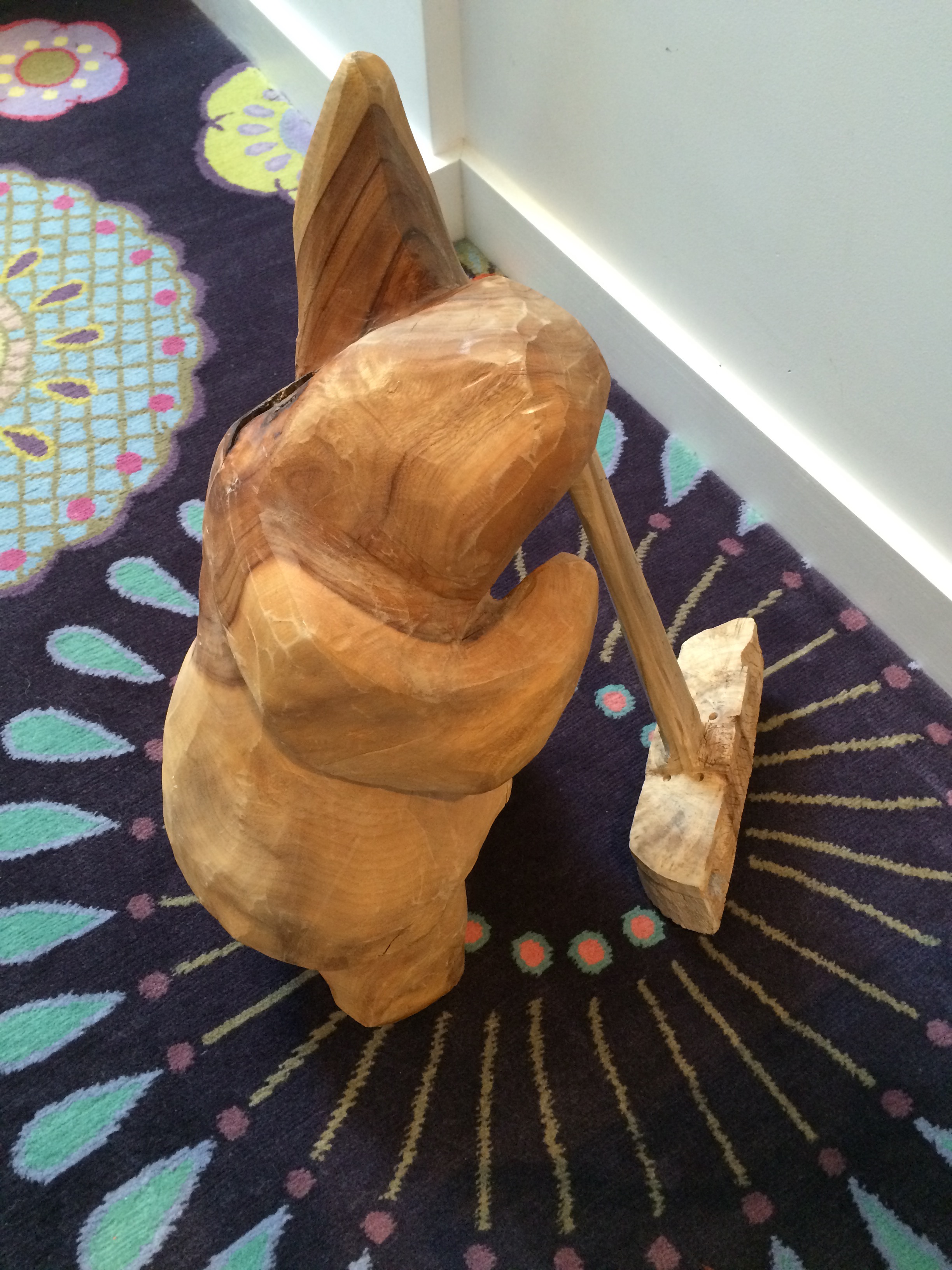
A little round lady who is a silent, secret dancer. A matter of perspective.

A spice rack carved from found Burl Wood. All Shaker Joinery.
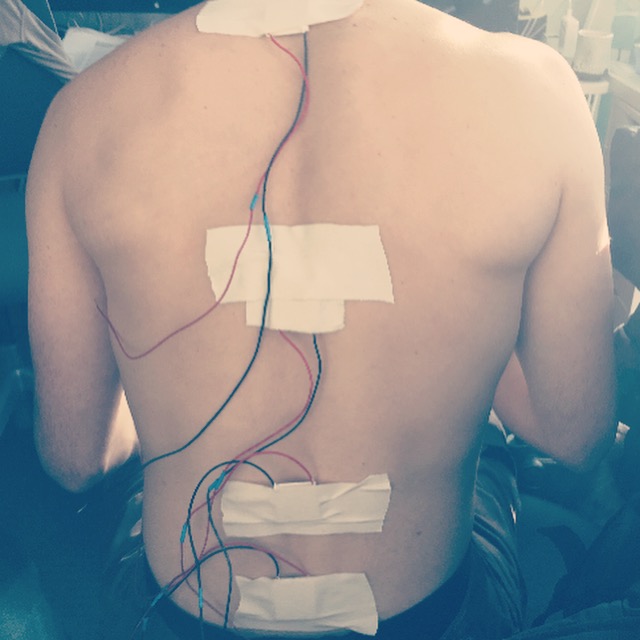
Building a system with Aby Jain to induce frisson, or aesthetic chills. I find this sensation fascinating: At once transcendent and physiological, where magic meets mechanism as the sublime cascades across skin. We're testing whether inducing chills can increase deep attention and openness to experiences. This trigger times delivery based on moments in a song users set before use.
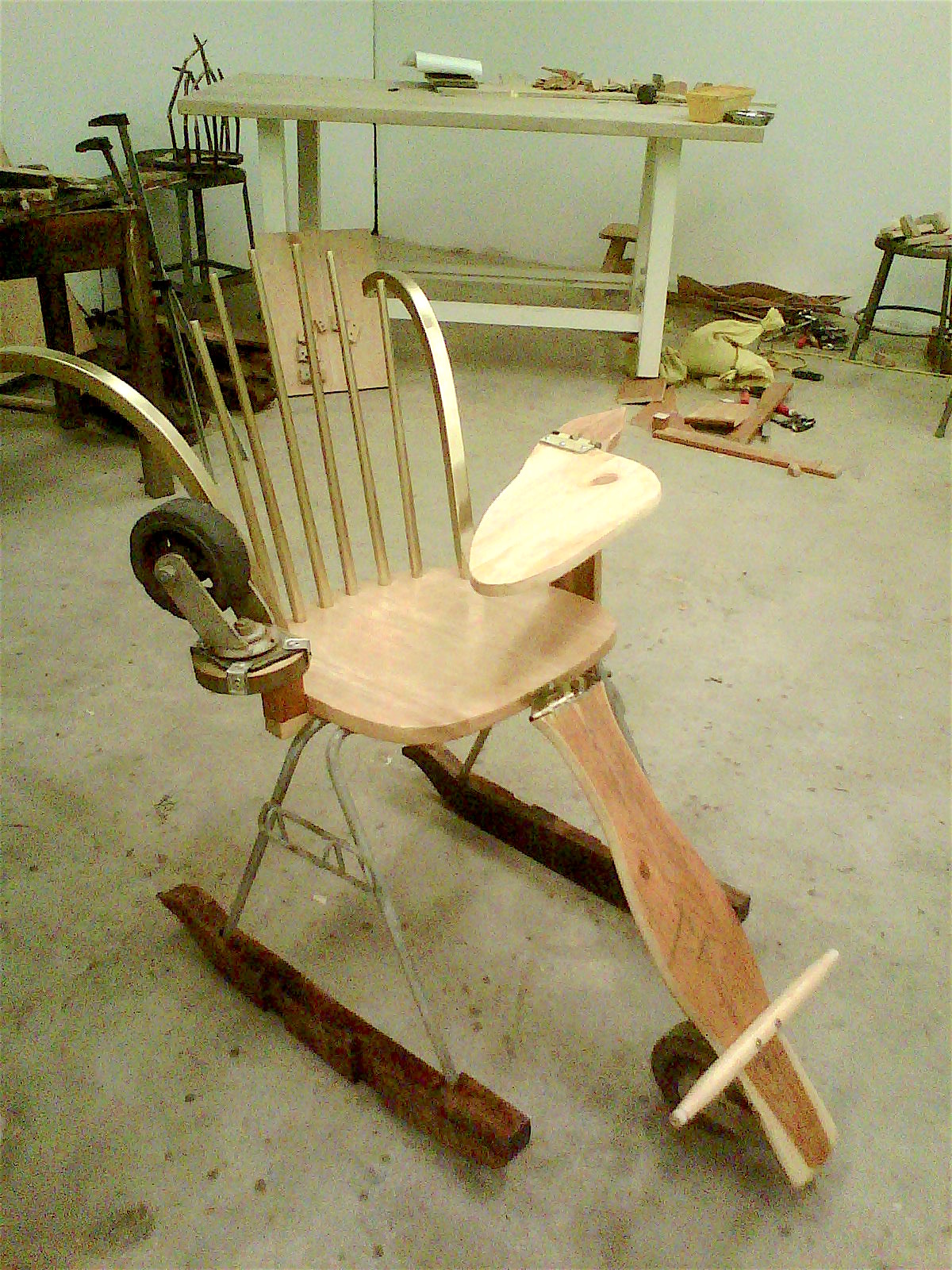
My favorite rocking chair, built from parts harvested at the local dump.

Part of a larger Ant Circus, the ant ladder is placed on a human sized ladder so humans can climb up and watch ants climb and perform tricks. EO Wilson, Doug Hofstadter, Alexander Calder--fantasy, surrealism, playful math and real fractals.
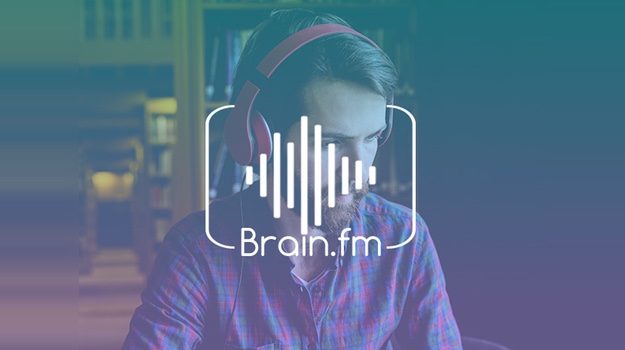
Did some work as a technical consultant for brain.fm, building out their audio platform for meditation. These sounds are not binaural beats--poorly tested and poorly understood, activating sound localization--but instead work via auditory rhythms and brainwave entrainment. With 400,000 users giving constant feedback, this is a really exciting testing platform for new 'awareness interventions'.


An electrified flowerbed I made for groups making music together. Play, performance, education. Makey Makey, wildflowers and Scratch.

Pager motor, alginate cast lips, bedspring, voicebox, solder, glue. Asked to make a sculptural representation of invading evangelism for a Crusades-focused Professor. Grotesque comedy.
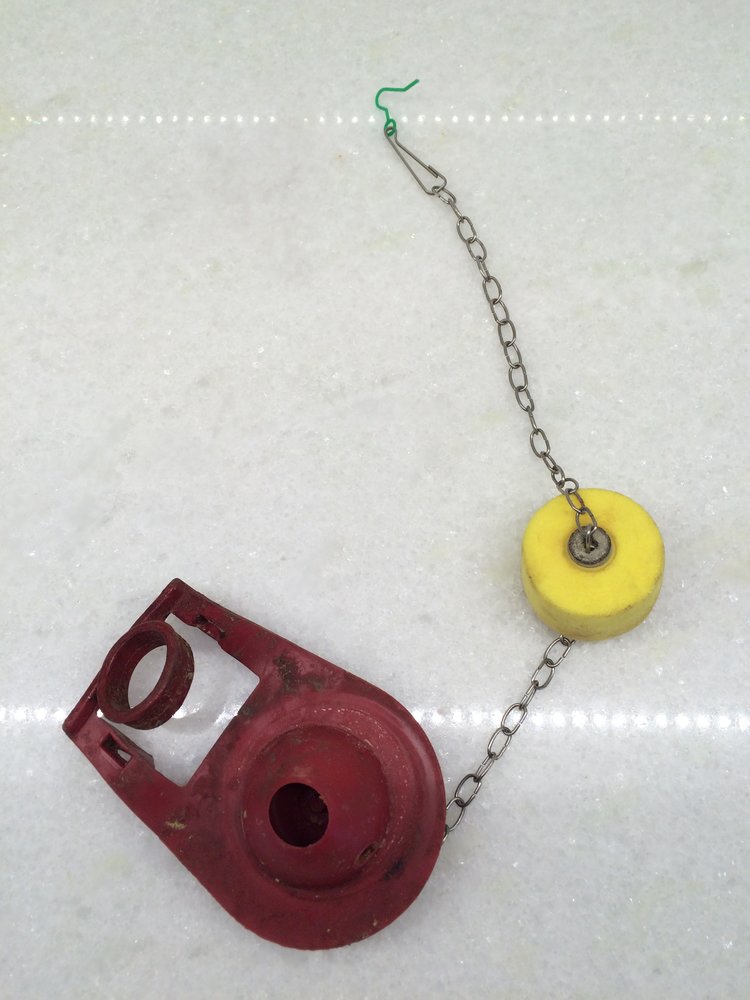
An imagining of bohemian jewelry (earring) from the future, when bowel movements will be ironic, cool, unnecessary.
This appears to be a toilet flapper. It is in fact painstakingly carved from Marshmallow Peeps, linked together with a chain of DVD shavings and solder, inserted with a 3D printed Polylactic Acid earpiece. In the future we must use the supplies at our disposal to decorate ourselves.

For a year, I lived and worked in Massaranduba, a Brazilian favela built on a garbage-filled mangrove swamp, to get 100 stable houses built and 100 unstable houses removed. The ~$80 million ongoing projects are a partnership between the World Bank, the Cities Alliance for Cities Without Slums, the Brazilian CONDER. I was sent at 17 through Global Citizen Year. Behavioral nudges played a big role in our work, and Marcial Reis taught me so much. Image from Annie Eastman. Learn more Here
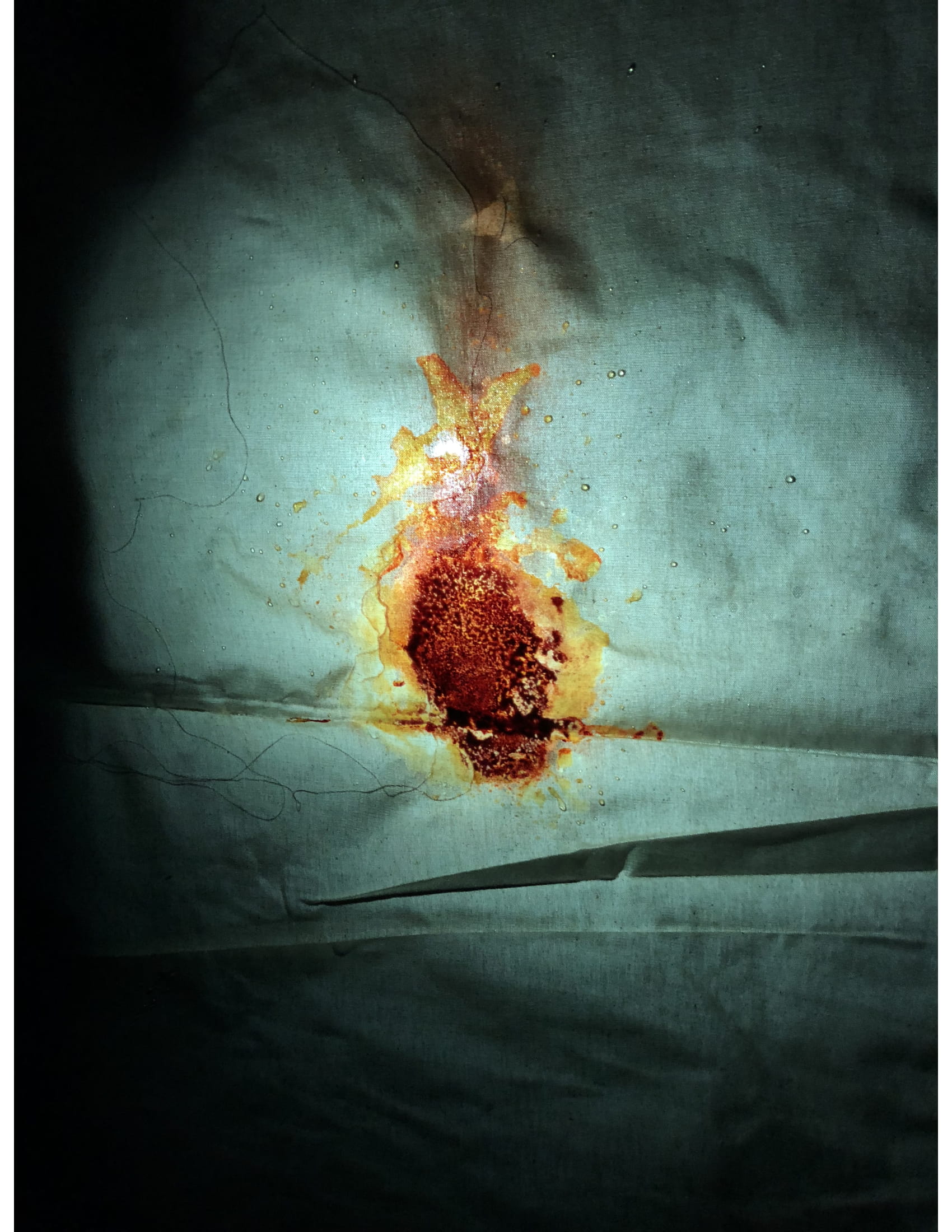
How does a shape become dynamic? A static 2D image full of movement, erratic, a marker of a trauma done on canvas. Asking these questions along with a lovely group centered around the MIT Museum, these questions of vision science and visual experience folded into one. Thanks to Otto Piene for the inspiration.
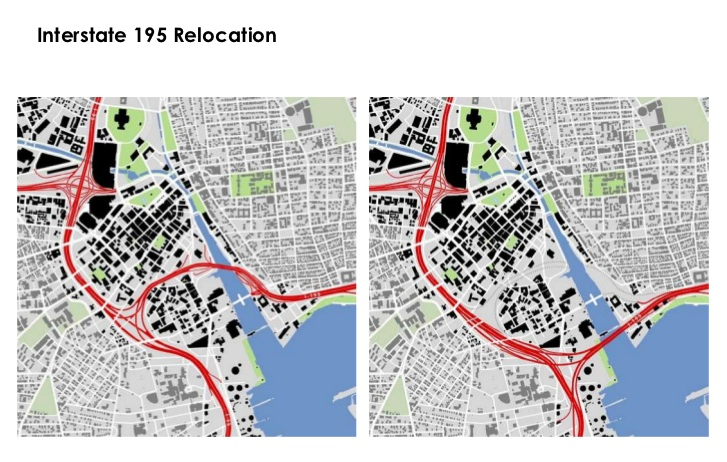
My interest in applied neuroscience led me to applied behavioral economics at city-scale. I joined Providence, RI, as the capital city's City Fellow, to understand the inner workings of municipalities. I focused on Smart Cities--possibilities for inclusive, data-driven policy making.
My time there has been hugely educational. See Providence Talks, PlayCorps, OpenPVD, and What Works Cities for examples of ongoing work. See the Providence Innovation and Design District to understand my excitement.

Working with Abhinandan Jain and Felix Schoeller to turn ‘correlation is not causation’ on its head. Now that we have the technical ability to not only find physiological mechanisms tied to phenomenology, but to automatically activate those mechanisms, we can ask whether correlation can in fact lead us to effective causal interventions. So, will forcing frisson make YOU make meaning?
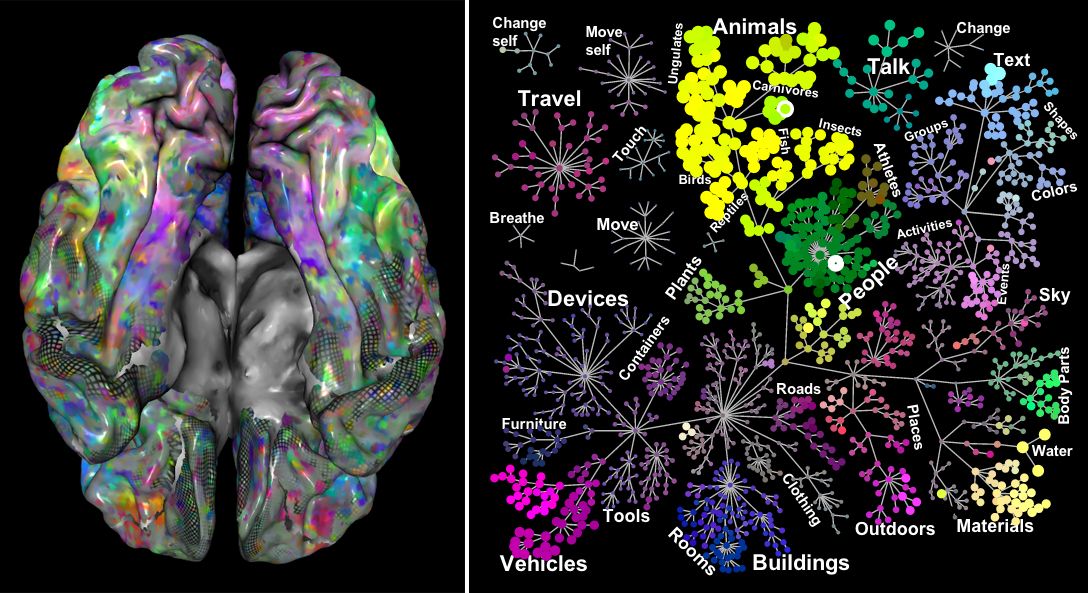
The Gallant Lab's Semantic Map, showing whole-brain co-activation of words, is a neural thesaurus that I see as a first-ever map of George Lakoff's Metaphors We Live By. Jack Gallant was kind enough to share his data matrixes, and I'm experimenting with VR/AR experiences writing poetry based on this map of subjective-objective perceptual language. Writing words with knowledge of the other words they activate! An objective subjective. A biological thesaurus.

I was lucky enough to encounter Keepon and My Keepon through neuroscience research into childhood development. These bots are designed for non-linguistic empathetic connection, often with kids who have language difficulties, like autistic children.
I brought this bot, amongst empathic tech I had constructed, to a curated conversation about different ways people can connect with one another, presented at the Boston MFA. Bodies are often especially honest communicators. Tech can show us this.
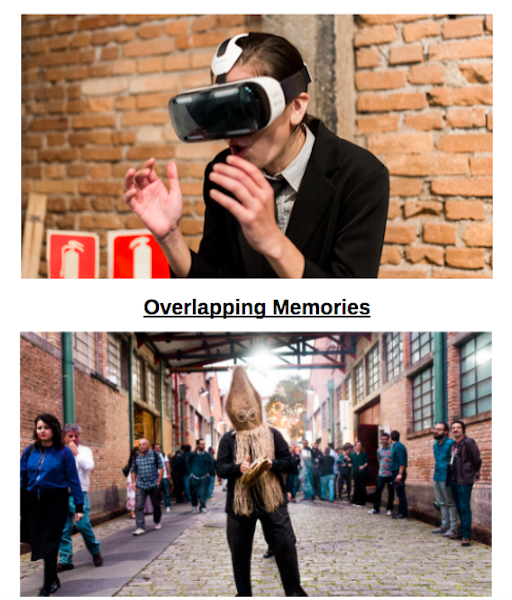
I got to participate in the curation process and speak alongside Marina Abramovic, the 'grandmother of performance art', at her amazing art/science interactive Terra Comunal in Lino Bo Bardi's SESC Pompeia, São Paolo.
We spoke about how neuroscience and performance art intersect in their understanding of presence. The 400,000 person huge, free, open exhibit initiated one of the more diverse conversations I've had the pleasure of participating in. See Terra Comunal for more.

Tired of Hackathons being distanced from the body, distanced from play, I created the Hackython. Half Hackysack, half Hackathon. An exercise in extended educational silliness. Drone workshops and dancing with robots alongside Religious Studies professors discussing the ethics of circular discussions and hackysack circles. Just love.
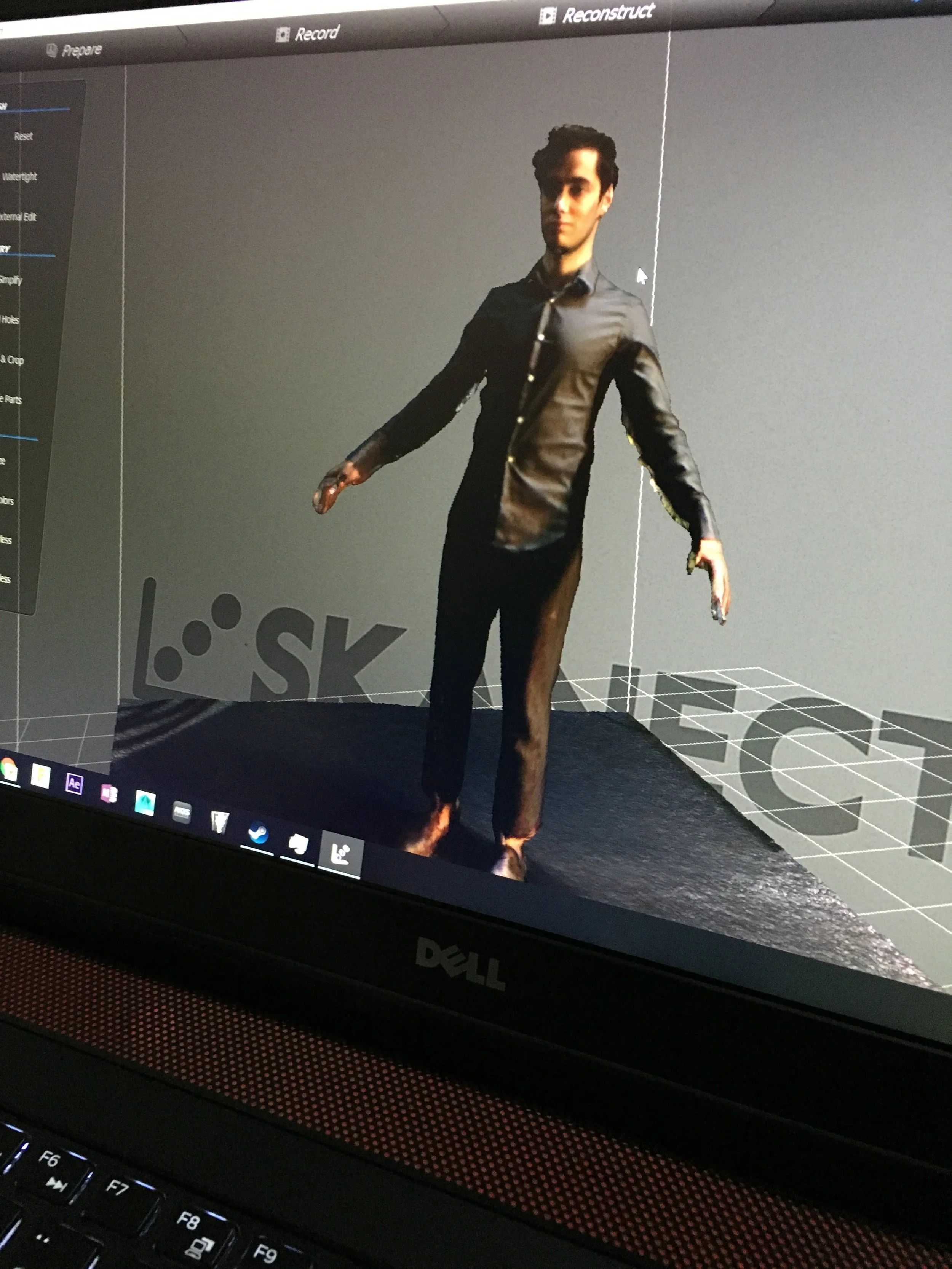
Working on building up the process for scanning scientists into virtual environments so we can scale up our Virtual Reality science education program. Hoping to excite, educate, inspire, allow more playful storytelling by scientists and more engaged learning experiences for viewers.
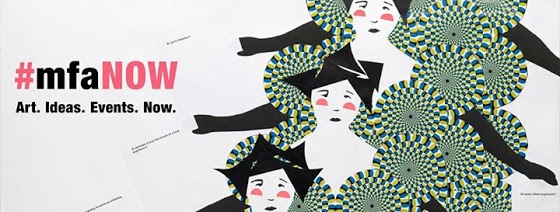
I initiated and led a collaboration between MIT and the Boston MFA from September-December 2016 on bringing science inspired art and tech projects to the MFA's first ever overnights.
7,000 visitors each night encountered Markov chains doing similarity comparisons between opposed politicians, robotic cats, racially biased algorithms, and much more.
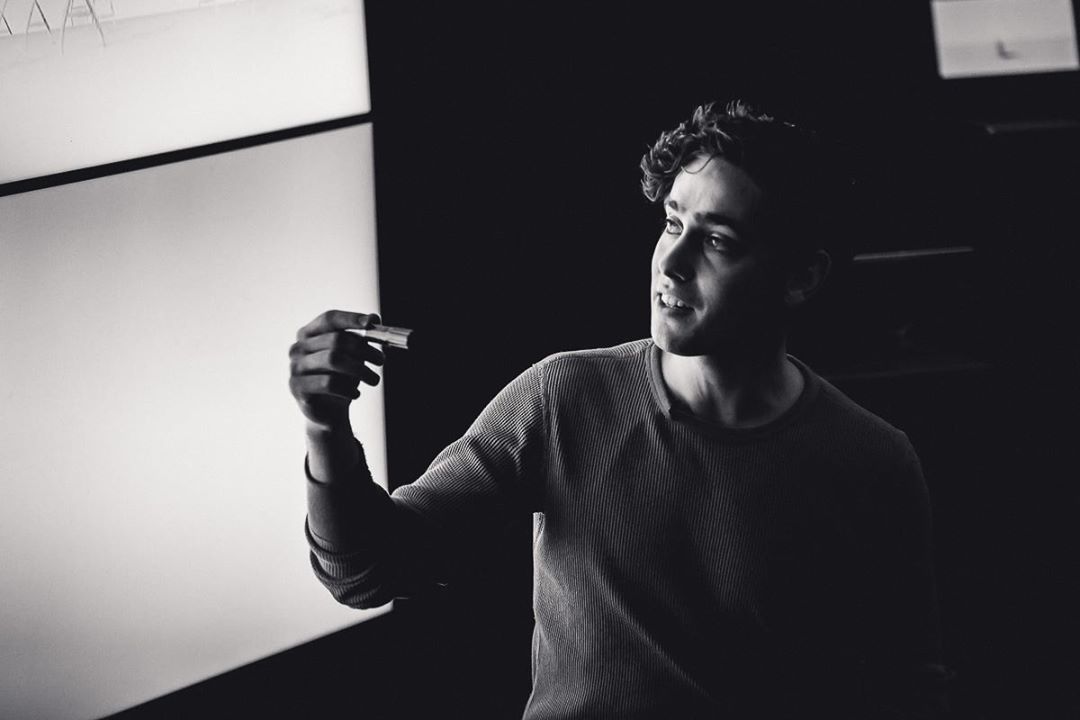
A lecture I was invited to give to the arts and tech community in São Paolo. Wonderful city, wonderful people at Flagcx and IBM. See here!
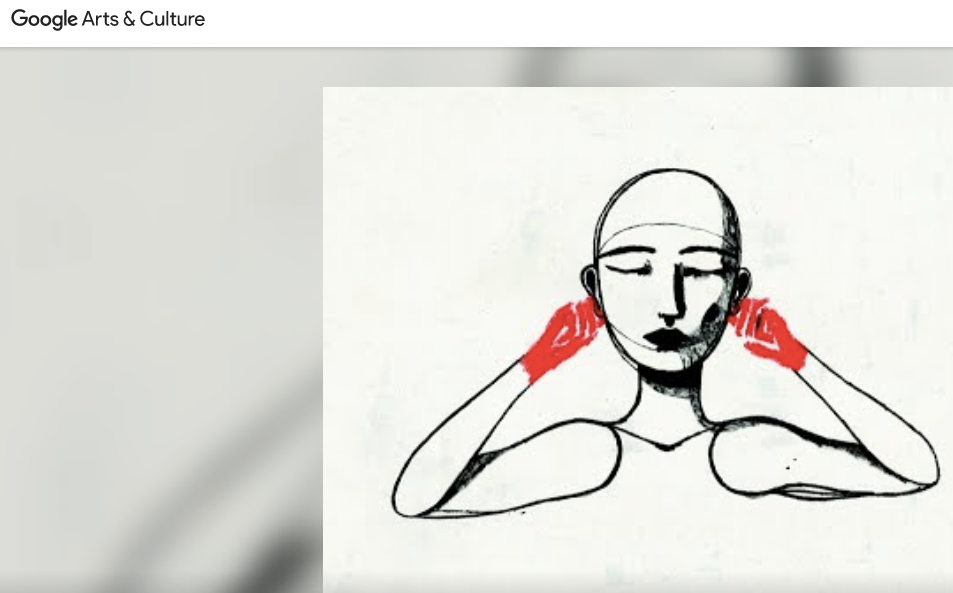
MAI has asked me to lead the partnership between the performance art institute and Google's Cultural Institute.
Performance art inspires presence and empathy in person, how can we bring that online? Digital empathy, technology for presence, new media possibilities rooted in art.

Teamed up with old friends--the amazing performance artist Tathy Yazigi and designer Elisa Gijsen--for a performative, interactive SXSW workshop on neuroscientific and artistic approaches to augmenting creativity. I focused on embodied cognition, transient hypofrontality and self-regulation. Tathy and Elisa brought it to bear on their practices and led amazing physical creativity exercises.

Part of the Augmented Salad Augmented Reality project with Ashris Choudhury, Christian Vasquez and Oscar Rosello. A tongue-in-cheek approach to a semantic-in-salad experience. No window dressing.

I'm an Officer of VR@MIT, an organization that has done some wild things already in its 1 year of existence--like created a VR Makerspace at MIT's Martin Trust, run the first VR Course at MIT, and led the largest VR Hackathon (Reality, Virtually) ever put on...
The champions of this group are Jacob Loewenstein, Eswar Anand, Judith Amores and Natalie Pitcher
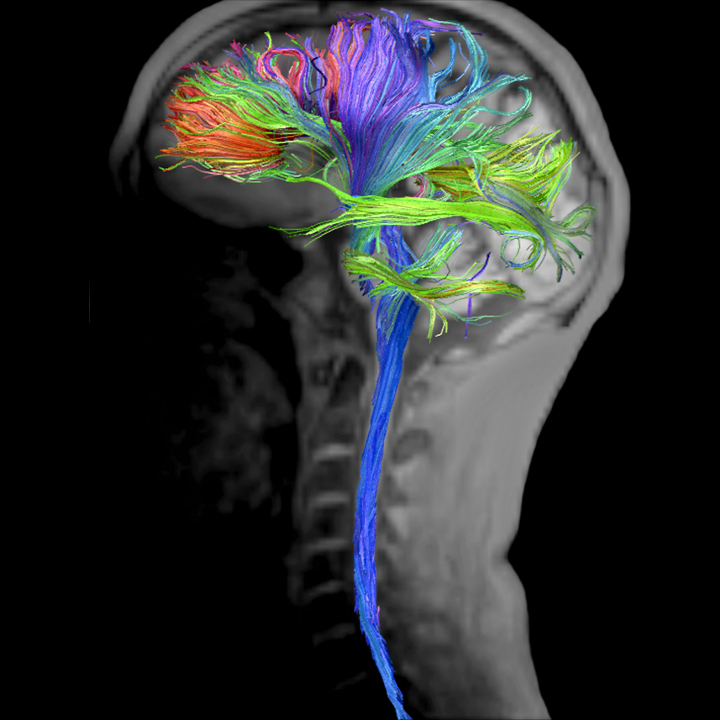
I'm lucky enough to work on acquisition and analytics of fMRI and DTI at MIT's Martinos Center for BioMedical Imaging on questions as distinct as dyslexia and mindfulness. Experimental Design is a UI/UX problem tweaking subject experience for the extraction of certain sorts of truth. Especially important for trying to quantify the qualitative, the science of the self. Check out this study, the 1st I got to work on in my lab, chasing down sense of self in the brain!

A linguistics-inspired interface for extracting the most representative phrases from iconic political speeches and mixing them together. Tech reveals commonalities between heroes and devils we might otherwise ignore. Language without syntax is off-putting, and empathy is easier achieved when we are off-balance together. A tool for collective understanding.
Part of an interactive tech/empathy exhibit showed at the Boston Museum of Fine Arts with Jordan Haines. More in the Boston Globe

Along with Caty Rezendes I organize the 250 person Cambridge chapter of Consciousness Hacking, a 10,000 member global group started by Mikey Siegel out of the MIT Media Lab focused on building and hacking persuasive wellness technology. See here.
Changing the way we relate to our tech, taking the wheel and guiding how tech changes our relationships to ourselves and one another. Check out our last event. Join us :)

Alongside Art Basel, and sharing the stage with amazing people like Mayor Levine and Google X's Jack Hidary, I was invited to speak about unseen connections in neuroscience--specifically between brains, cities and art.
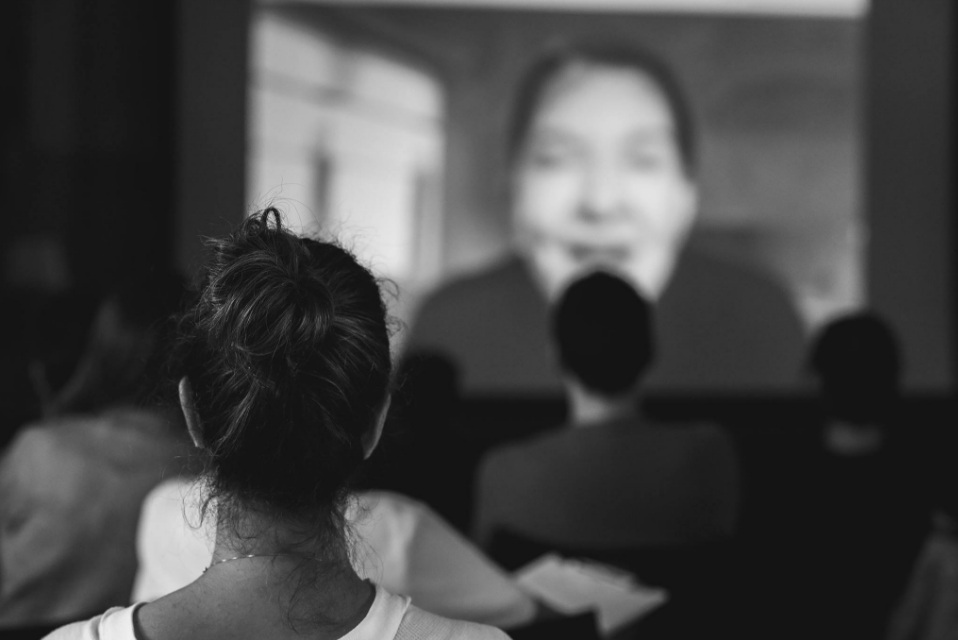
Invited to Brazil to participate alongside Marina Abramovic in an 'Inspiration at the Intersection' focused workshop. Where STEAM (science, tech, engineering, art, mathematics) can meet and make each discipline more than it was before. Where these vocabularies diverge, and work needs to be done to reunite ways of seeing our world.

I combined science of meditation and memory to assess the claim that meditation "expands your consciousness." Measuring pre-post on the often overlooked 'Iconic Memory', storing contents of consciousness, which grew as a result of 10-day meditation as compared to a language training control group ( t(26)= 3.389, p=.002.). Science of the Self, objective and subjective at once. Contact for details.

I was hired by IPG to select and program a bot for a public futuristic breakfast-making experience. I'm here with the Rethink Robotics Baxter bot programming a proxy for cereal stirring. What makes a machine comfortable to interact with? What public art experiences can we create with humanoid machines?
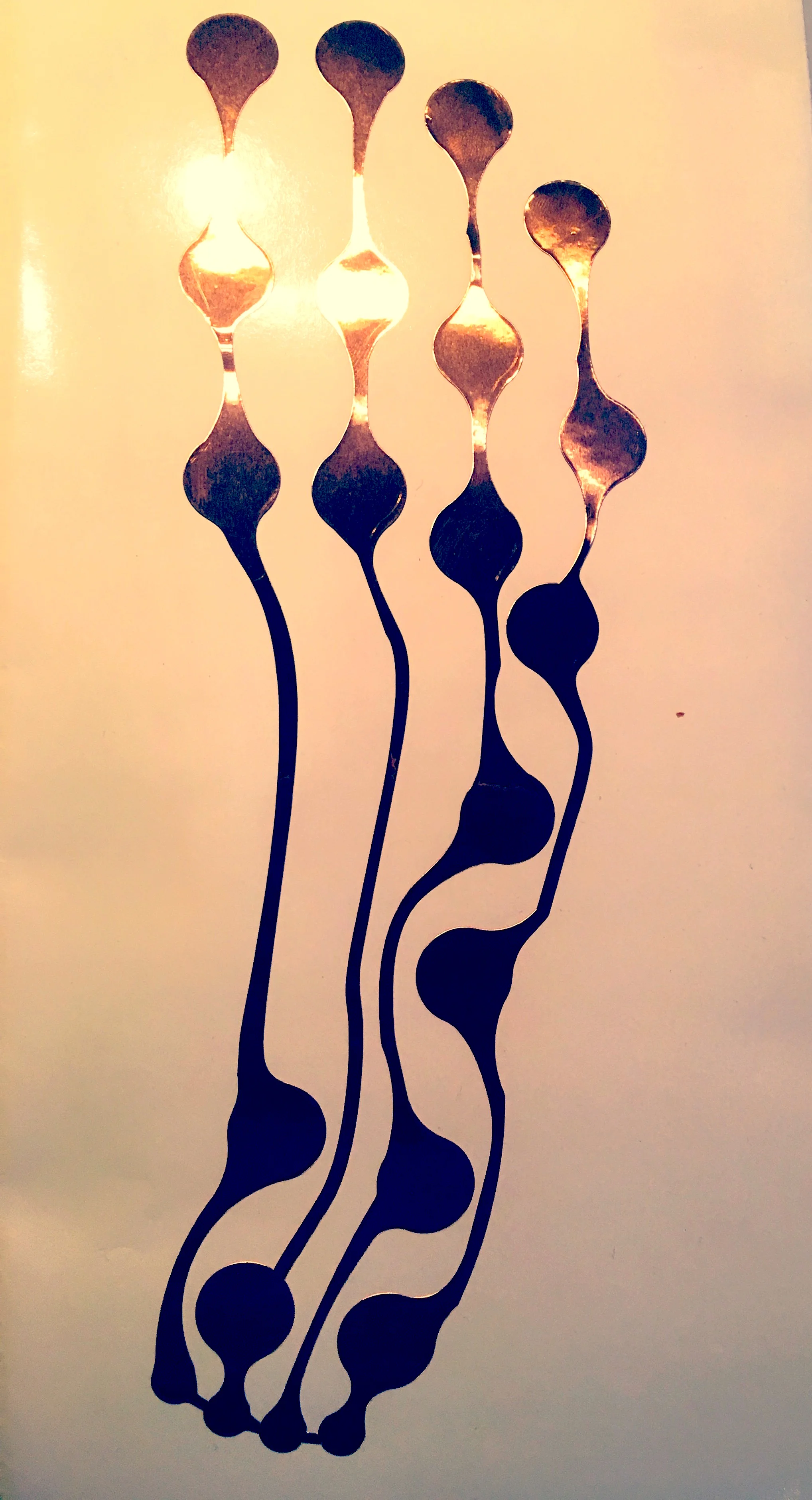
Started working with Ilya Vidrin for a residency project at Jacob's Pillow: a team of us from Fluid Interfaces were building wearable technology to magnify, twist, sonify and share otherwise invisible micro movements between dancers. This project stopped halfway, unfortunately. May it be revived someday!
These designs are based off of Guillermo Bernal's beautiful past work. Oscar Rosello, Aby Jain and I are helping to rework them for experimental dance.

Our bluetooth bellydancer ("Dance MF Dance") intimately ties the mechanic and organic, using a hacked TENS stimulator and an iOS app gathering accelerometer data. Kinesthetic Empathy linking audience members with active dance performers. You dance, I dance, guaranteed. No more dancing alone at parties. Mostly it's silly, and was so fun to build, because Tomás Vega and Aby Jain speak electricity fluently and we made it for a MIT Media Lab party.
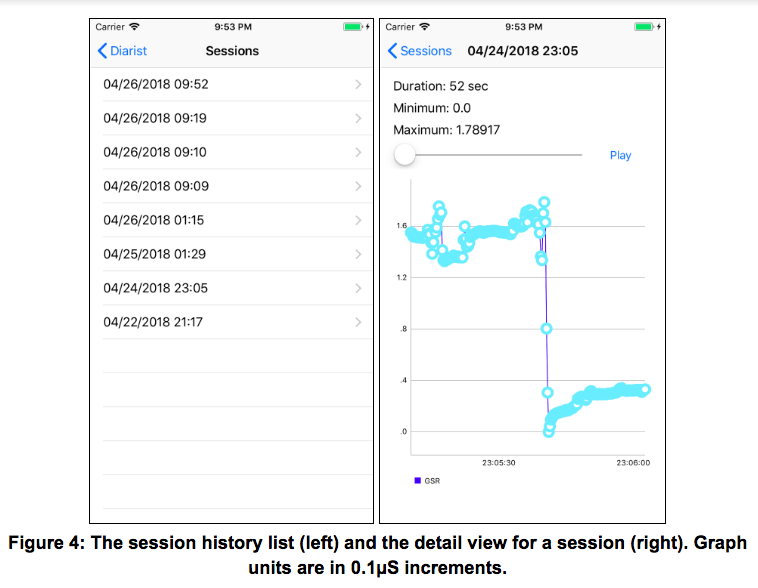
There is so little brain science done outside of the laboratory, it leaves us with little notion of the ecological validity, i.e. translatability of our research. Diarist is an app built with John Parsons, a beastly coder, for passive or active capture of EDA + Audio over long, longitudinal periods. A simple interface for biosignal, subjective state, and context capture rolled into one.

An attempt at iteratively altering hypnagogic dream content through suggestion. Suggest a dream, hear a report, suggest a further step, hear a report, and so on—then compare dream drawing post-hoc with drawings done by an awake listener. See they are similar! Feel like a mind-reader!
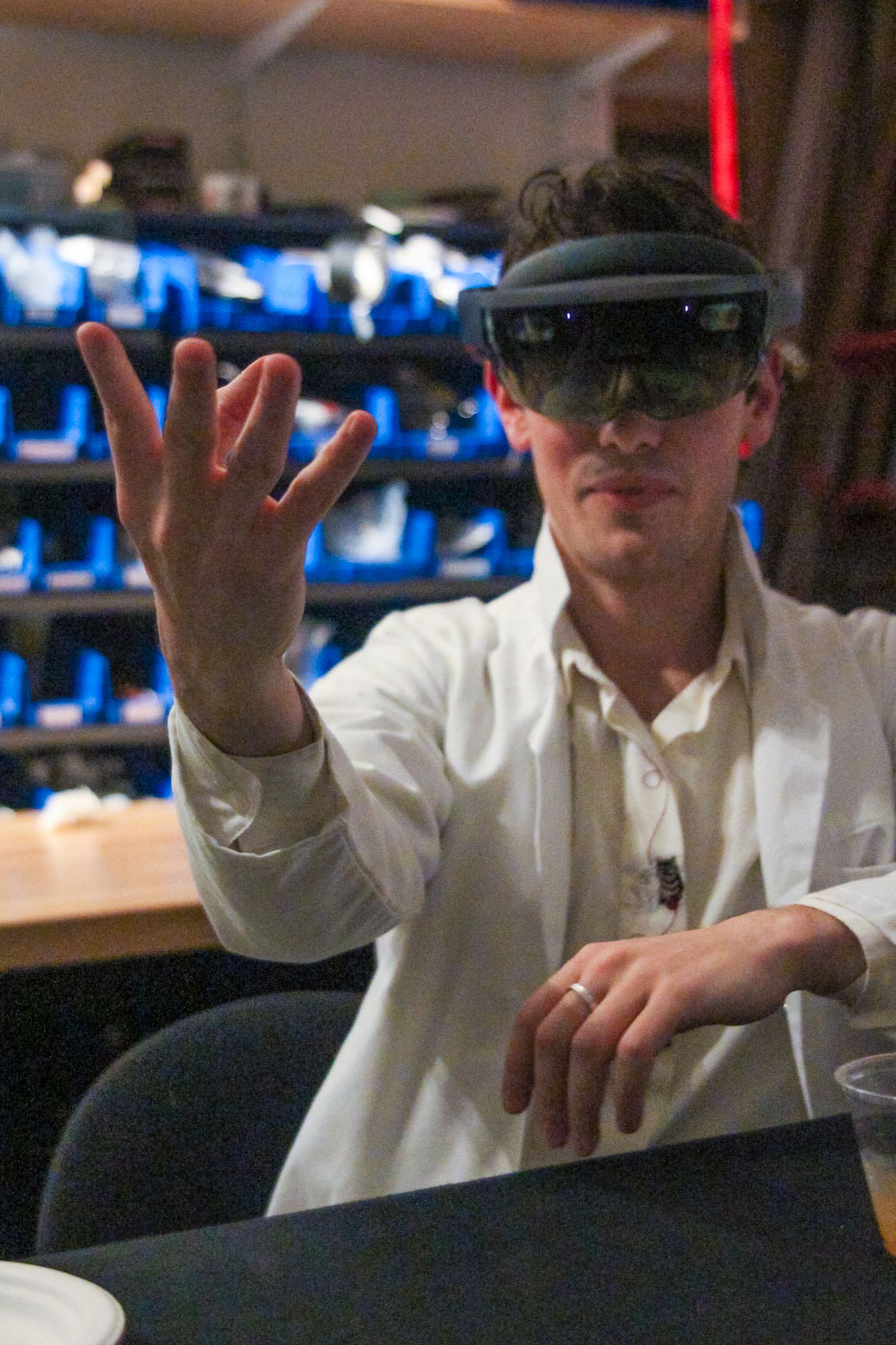
Seeing is forgetting the name of the thing one sees, and yet seeing is naming: light incident on retina cascades up visual hierarchy, coded into color, contour, recognized as (thing), turns imperceptibly implicitly into semantics, associations, (thinginess). Artists Rothko and Rorschach, abstract expressionists each, push to produce pure thinginess, essence teased free. Saying Seeing attempts this tease outside of 2D frame, uses misnaming in Augmented Reality to show thinginess and thing, inseparable upon introspection, as independent variables. Built with Ashris and Oscar and Christian!

Science and art intersect allowing new, material inquiries into our subconscious cognition. How can we think about things we know but do not know we know? Thinking about thinking without thinking about thinking...?
This project creates a space where people can encounter their subconscious through physical, digital, and environmental sleight of hand.
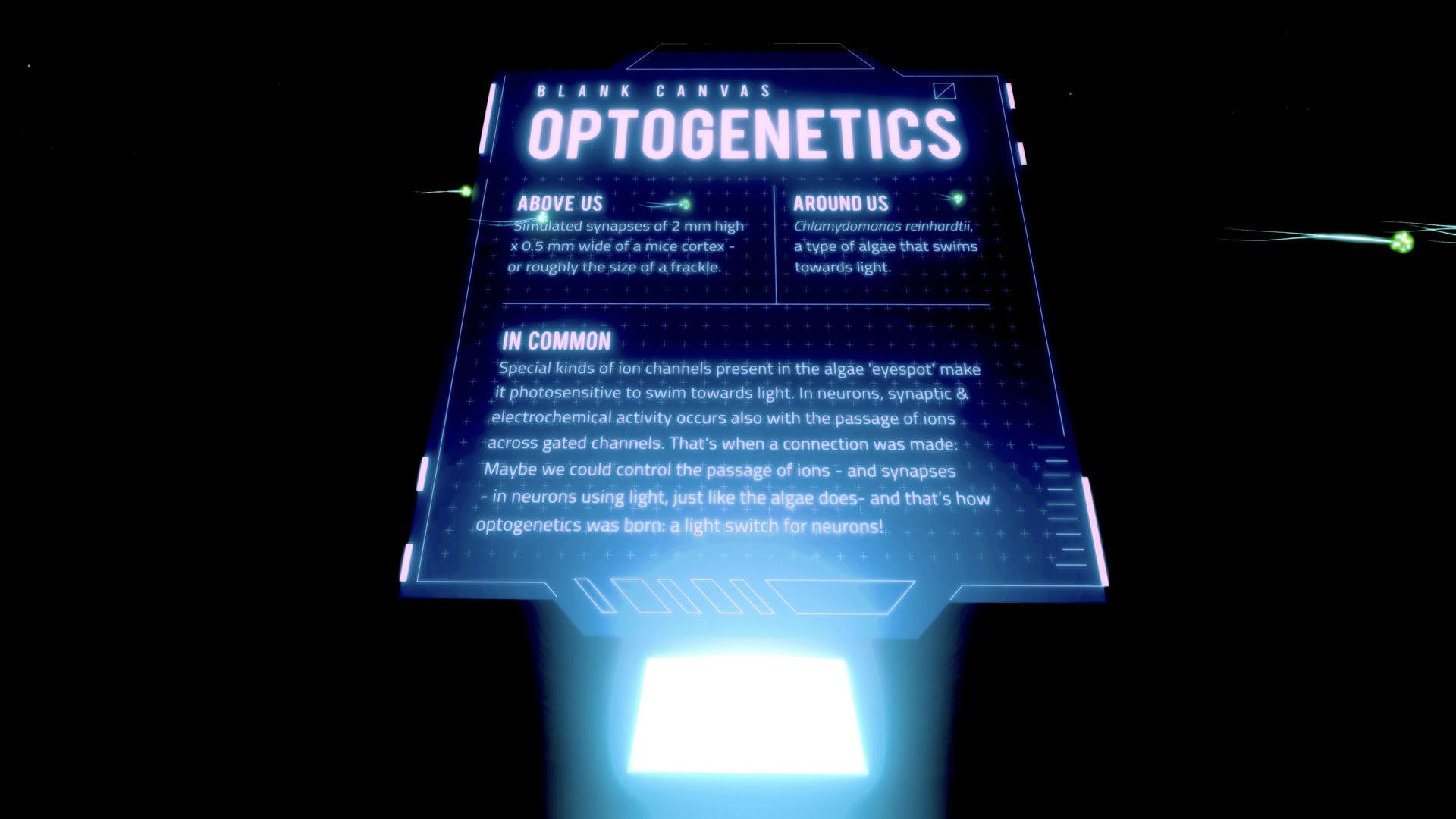
The next episode of Blank Canvas, presented in interactive multiuser VR in 5G. A storyline that takes you through the history and mechanisms of Optogenetics, a light switch for neurons. Created for immersive education in science museum contexts. Made with Boo Aguilar, Adam Roth and João Roda. Updates here.

The Blank Canvas is a platform for VR science storytelling. Exponential potential for learning about microscopic worlds on an infinite, immersive virtual canvas. Our mission was to make science media as cool as the science behind it...see it here and learn more here!
Shown at the World Economic Forum, Cannes Film Festival 2017, Unite, SXSW, premiered at VR Sci Fest. Powered by Unity, Houdini and two other storyteller engineers Boo Aguilar and Peehalho Magalhaes. See press here!

An ongoing project combining VR, EEG and biofeedback technologies for detection of racially biased fear responses and nudges away from them. Won the MIT Future of People Hackathon, where I was grateful to be named a Luminary. Shown at Notre Dame Peace Conference, now housed in MIT's Center for Civic Media and Harvard Kennedy School's Future Society. Working with the wonderful Marie-Therese Png alongside Esam Goodarzy, Ryan Lee, Genevieve Hume (Harvard GSE, MIT IDM, MIT Brain and Cognitive Sciences).

Continuing my work in communicating science, and in extolling all the beauty in the brain, I'm working with my friends Joao Rosa, Boo Aguilar and Ric Lebre to make the second Blank Canvas episode in VR, showing incredible brain bending biotech. Magic school bus style experiential synthetic neurobiology. Check out this preview Joao made, and my poly sketches. Episode update coming soon.
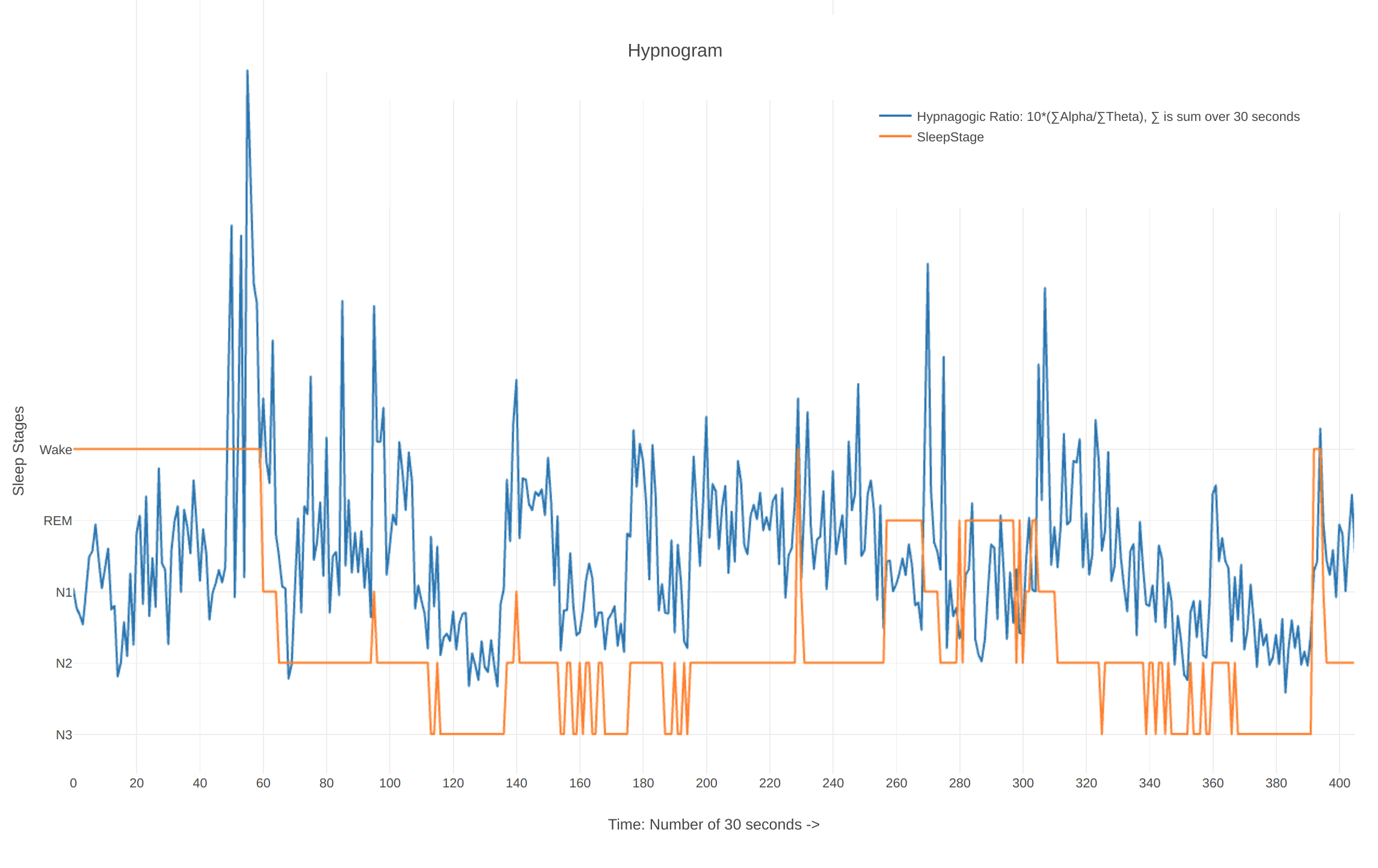
Abhay Koushik and Judith Amores led development of a Muse EEG sleep staging app in my lab. I worked with Abhay to add on a protocol for auditory neurofeedback on alpha/theta ratio so that users can listen to and modulate their descent into unconsciousness. Teaming up with Philippe Stenstrom and Navid Navab to fine tune the sleep experience.

These are the laser-cut acrylic whiteboard masks I was responsible for at the launching of the AJL at the Boston Museum of Fine Arts. Joy Buolamwini leads the Algorithmic Justice League, focused on inclusionary tech and exposing biased datasets underlying powerfully influential algorithms today. Seth Berg helped make em! Read about the project in the New York Times here.

A connection between an open-source, 3D printed Brain Computer Interface and the amazing ArtMatr painting robot from Tal Achituv/Ben Tritt and Owen Trueblood. Here Owen and I are sending motor cortex signals from brain to printer. Turning that readout into printer movement means thinking paintings. Then why not paint our dreams? I got to speak about this art + neuroscience connection with Ben at Cannes Lions 2017, written up here/here :)
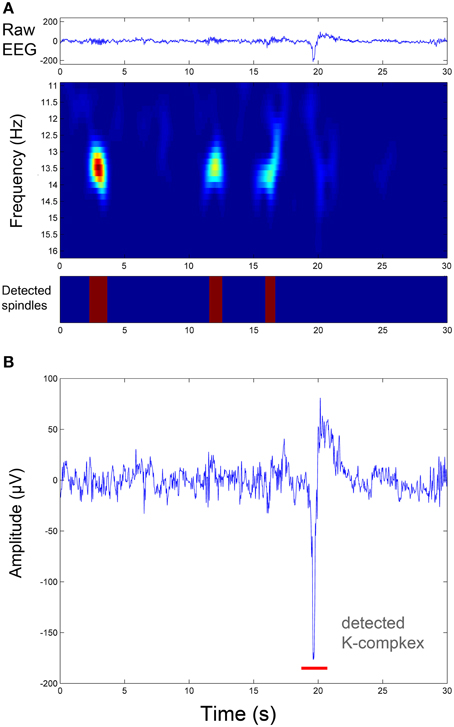
An ongoing project that began in my Human Machine Symbiosis class with Prof. Pattie Maes. Every night, each of us loses a whole stage of sleep worth of creative thought--the hypnogagic Stage 1 dreamstate. We're using EEG sleep spindle and K-complex detection and feedback to keep users suspended in hypnagogia while recording new insights. Read more and see a prototype here. Working with Ishaan Grover and Sophia Yang! Check out how artists have harnessed this state in the past.
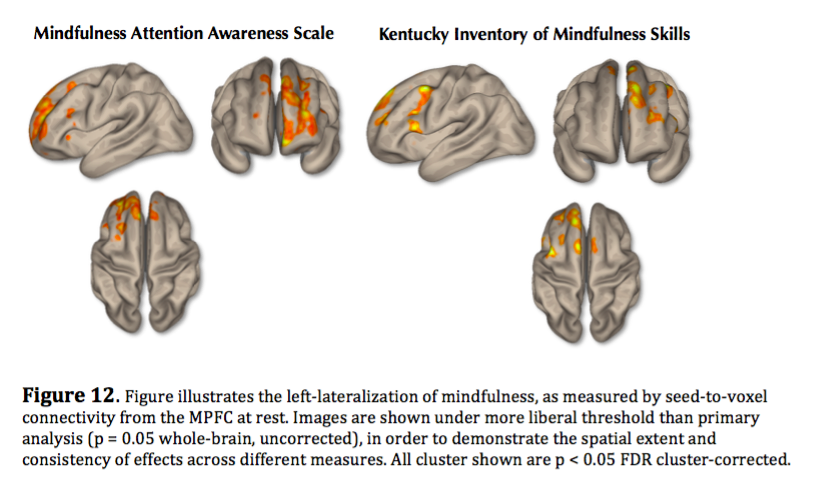
Brain science has given us tools to see ourselves in ways previously impossible! This is an image of changing patterns in neuronal network connectivity as mindfulness increases. Looking at this image entails, in a real way, a completely new kind of human cognition: an objective take on our subjective self-reflection on experience, cognizing on metacognition. An expanded view of science means an expanded view of ourselves.




































































Alginate life casting split glass, seamed, reconstructed piece by piece with gold leaf. Light leaks through it.
I’ve been playing with generating graphics using code since taking Zach Lieberman’s class Recreating the Past. We built work in openFrameworks, using contemporary software to make artwork which was inspired by past giants like Lillian Schwartz, Muriel Cooper and Ken Knowlton…
High speed documentation of contact between bodies. A russian grandmother pulls my cheeks, a pat on the back. Small beauties that slip by unnoticed every day.
For MIT Hacking Arts 2018 I got to assemble a dream team of friends from MIT to build an artwork with Agnieszka Kurant overnight. See it all here! Read more about the team and work here! We built a series of robotic animals controlled by the internet. Shown at Nicolas Bourriad's La Panacée, SFMOMA's online collection, and at Harvard metaLAB's AI + Art Group. Living on in the ether evermore.
Time, time. Melting, bouncing. Wax cast, rubber ball, little humor.
Ants, hive minds and eusociality. After a talk on similarities between ants, brains and cities at SIME/Art Basel I did this project on a Scanning Electron Microscope, putting an ultra thin coating of gold on ants. The resulting images flip scale in wonderful ways. An ant eye feels like a whole world. And maybe it is.
What does an individual in a collective body think, feel, see? How similar are ants to neurons in their particle/collective relationship? I want to investigate ants, and then build mechanized proxies!
Exploring treating animal anatomy like machine anatomy. A lobster divided at every joint, then extended with machine capabilities (gears, springs, motors). Watch the video, see it transform. Published in Red Lobster internal magazine! Art in the beast’s belly.
An averaging of paintings by Byron Kim, a favorite artist of mine. A subtle way to see style. Layers of clouds and poems. Code on github here for openFrameworks.
Making strange fractal forms with Ben Miller and Adam Burke in the MIT Museum Studio late at night, then using Zach Lieberman’s tools from openFrameworks to turn them into glitch art. Built from code here.
Some shots I took years ago, and love still
Experimental Darkroom Photography--Solarization, Composite Negs. An animal scratches its back.
What a face!
A slow surprise
One amongst a series of children's toys I made. This one for my sister. Discarded and found wood, tinfoil, bottle caps, yarn, couch tassles.
There is great wisdom in the faith, face and folly of the Holy Fool. Comedy reintroduces us to ourselves, our decay and rigidity. There is a philosophy of tickling to be taken up, ribbed.
Matthew Silver is the first Fool I've met. We made a series of videos in an airport delay. His nakedness on NYC Streets was a fixture of my childhood. What a pleasure.
Wiscasset, ME. Chewonki Farm.
Solarization and burning, darkroom experiments, looking into the light.
Many thank to Nick Devlin for letting me take his photo.
The title says it all it's really about strange circular stories in strange circles so the title says it all as it's really a compilation of strange circular
Made as a gift for my neuroscience PI @ MIT McGovern, John Gabrieli. CNC, Walnut.
Purple heartwood, cherry, maple, water jetted acrylic. A display for handmade knives.
A matter of perspective, you see?
A little round lady who is a silent, secret dancer. A matter of perspective.
A spice rack carved from found Burl Wood. All Shaker Joinery.
Building a system with Aby Jain to induce frisson, or aesthetic chills. I find this sensation fascinating: At once transcendent and physiological, where magic meets mechanism as the sublime cascades across skin. We're testing whether inducing chills can increase deep attention and openness to experiences. This trigger times delivery based on moments in a song users set before use.
My favorite rocking chair, built from parts harvested at the local dump.
Part of a larger Ant Circus, the ant ladder is placed on a human sized ladder so humans can climb up and watch ants climb and perform tricks. EO Wilson, Doug Hofstadter, Alexander Calder--fantasy, surrealism, playful math and real fractals.
Did some work as a technical consultant for brain.fm, building out their audio platform for meditation. These sounds are not binaural beats--poorly tested and poorly understood, activating sound localization--but instead work via auditory rhythms and brainwave entrainment. With 400,000 users giving constant feedback, this is a really exciting testing platform for new 'awareness interventions'.
An electrified flowerbed I made for groups making music together. Play, performance, education. Makey Makey, wildflowers and Scratch.
Pager motor, alginate cast lips, bedspring, voicebox, solder, glue. Asked to make a sculptural representation of invading evangelism for a Crusades-focused Professor. Grotesque comedy.
An imagining of bohemian jewelry (earring) from the future, when bowel movements will be ironic, cool, unnecessary.
This appears to be a toilet flapper. It is in fact painstakingly carved from Marshmallow Peeps, linked together with a chain of DVD shavings and solder, inserted with a 3D printed Polylactic Acid earpiece. In the future we must use the supplies at our disposal to decorate ourselves.
For a year, I lived and worked in Massaranduba, a Brazilian favela built on a garbage-filled mangrove swamp, to get 100 stable houses built and 100 unstable houses removed. The ~$80 million ongoing projects are a partnership between the World Bank, the Cities Alliance for Cities Without Slums, the Brazilian CONDER. I was sent at 17 through Global Citizen Year. Behavioral nudges played a big role in our work, and Marcial Reis taught me so much. Image from Annie Eastman. Learn more Here
How does a shape become dynamic? A static 2D image full of movement, erratic, a marker of a trauma done on canvas. Asking these questions along with a lovely group centered around the MIT Museum, these questions of vision science and visual experience folded into one. Thanks to Otto Piene for the inspiration.
My interest in applied neuroscience led me to applied behavioral economics at city-scale. I joined Providence, RI, as the capital city's City Fellow, to understand the inner workings of municipalities. I focused on Smart Cities--possibilities for inclusive, data-driven policy making.
My time there has been hugely educational. See Providence Talks, PlayCorps, OpenPVD, and What Works Cities for examples of ongoing work. See the Providence Innovation and Design District to understand my excitement.
Working with Abhinandan Jain and Felix Schoeller to turn ‘correlation is not causation’ on its head. Now that we have the technical ability to not only find physiological mechanisms tied to phenomenology, but to automatically activate those mechanisms, we can ask whether correlation can in fact lead us to effective causal interventions. So, will forcing frisson make YOU make meaning?
The Gallant Lab's Semantic Map, showing whole-brain co-activation of words, is a neural thesaurus that I see as a first-ever map of George Lakoff's Metaphors We Live By. Jack Gallant was kind enough to share his data matrixes, and I'm experimenting with VR/AR experiences writing poetry based on this map of subjective-objective perceptual language. Writing words with knowledge of the other words they activate! An objective subjective. A biological thesaurus.
I was lucky enough to encounter Keepon and My Keepon through neuroscience research into childhood development. These bots are designed for non-linguistic empathetic connection, often with kids who have language difficulties, like autistic children.
I brought this bot, amongst empathic tech I had constructed, to a curated conversation about different ways people can connect with one another, presented at the Boston MFA. Bodies are often especially honest communicators. Tech can show us this.
I got to participate in the curation process and speak alongside Marina Abramovic, the 'grandmother of performance art', at her amazing art/science interactive Terra Comunal in Lino Bo Bardi's SESC Pompeia, São Paolo.
We spoke about how neuroscience and performance art intersect in their understanding of presence. The 400,000 person huge, free, open exhibit initiated one of the more diverse conversations I've had the pleasure of participating in. See Terra Comunal for more.
Tired of Hackathons being distanced from the body, distanced from play, I created the Hackython. Half Hackysack, half Hackathon. An exercise in extended educational silliness. Drone workshops and dancing with robots alongside Religious Studies professors discussing the ethics of circular discussions and hackysack circles. Just love.
Working on building up the process for scanning scientists into virtual environments so we can scale up our Virtual Reality science education program. Hoping to excite, educate, inspire, allow more playful storytelling by scientists and more engaged learning experiences for viewers.
I initiated and led a collaboration between MIT and the Boston MFA from September-December 2016 on bringing science inspired art and tech projects to the MFA's first ever overnights.
7,000 visitors each night encountered Markov chains doing similarity comparisons between opposed politicians, robotic cats, racially biased algorithms, and much more.
A lecture I was invited to give to the arts and tech community in São Paolo. Wonderful city, wonderful people at Flagcx and IBM. See here!
MAI has asked me to lead the partnership between the performance art institute and Google's Cultural Institute.
Performance art inspires presence and empathy in person, how can we bring that online? Digital empathy, technology for presence, new media possibilities rooted in art.
Teamed up with old friends--the amazing performance artist Tathy Yazigi and designer Elisa Gijsen--for a performative, interactive SXSW workshop on neuroscientific and artistic approaches to augmenting creativity. I focused on embodied cognition, transient hypofrontality and self-regulation. Tathy and Elisa brought it to bear on their practices and led amazing physical creativity exercises.
Part of the Augmented Salad Augmented Reality project with Ashris Choudhury, Christian Vasquez and Oscar Rosello. A tongue-in-cheek approach to a semantic-in-salad experience. No window dressing.
I'm an Officer of VR@MIT, an organization that has done some wild things already in its 1 year of existence--like created a VR Makerspace at MIT's Martin Trust, run the first VR Course at MIT, and led the largest VR Hackathon (Reality, Virtually) ever put on...
The champions of this group are Jacob Loewenstein, Eswar Anand, Judith Amores and Natalie Pitcher
I'm lucky enough to work on acquisition and analytics of fMRI and DTI at MIT's Martinos Center for BioMedical Imaging on questions as distinct as dyslexia and mindfulness. Experimental Design is a UI/UX problem tweaking subject experience for the extraction of certain sorts of truth. Especially important for trying to quantify the qualitative, the science of the self. Check out this study, the 1st I got to work on in my lab, chasing down sense of self in the brain!
A linguistics-inspired interface for extracting the most representative phrases from iconic political speeches and mixing them together. Tech reveals commonalities between heroes and devils we might otherwise ignore. Language without syntax is off-putting, and empathy is easier achieved when we are off-balance together. A tool for collective understanding.
Part of an interactive tech/empathy exhibit showed at the Boston Museum of Fine Arts with Jordan Haines. More in the Boston Globe
Along with Caty Rezendes I organize the 250 person Cambridge chapter of Consciousness Hacking, a 10,000 member global group started by Mikey Siegel out of the MIT Media Lab focused on building and hacking persuasive wellness technology. See here.
Changing the way we relate to our tech, taking the wheel and guiding how tech changes our relationships to ourselves and one another. Check out our last event. Join us :)
Alongside Art Basel, and sharing the stage with amazing people like Mayor Levine and Google X's Jack Hidary, I was invited to speak about unseen connections in neuroscience--specifically between brains, cities and art.
Invited to Brazil to participate alongside Marina Abramovic in an 'Inspiration at the Intersection' focused workshop. Where STEAM (science, tech, engineering, art, mathematics) can meet and make each discipline more than it was before. Where these vocabularies diverge, and work needs to be done to reunite ways of seeing our world.
I combined science of meditation and memory to assess the claim that meditation "expands your consciousness." Measuring pre-post on the often overlooked 'Iconic Memory', storing contents of consciousness, which grew as a result of 10-day meditation as compared to a language training control group ( t(26)= 3.389, p=.002.). Science of the Self, objective and subjective at once. Contact for details.
I was hired by IPG to select and program a bot for a public futuristic breakfast-making experience. I'm here with the Rethink Robotics Baxter bot programming a proxy for cereal stirring. What makes a machine comfortable to interact with? What public art experiences can we create with humanoid machines?
Started working with Ilya Vidrin for a residency project at Jacob's Pillow: a team of us from Fluid Interfaces were building wearable technology to magnify, twist, sonify and share otherwise invisible micro movements between dancers. This project stopped halfway, unfortunately. May it be revived someday!
These designs are based off of Guillermo Bernal's beautiful past work. Oscar Rosello, Aby Jain and I are helping to rework them for experimental dance.
Our bluetooth bellydancer ("Dance MF Dance") intimately ties the mechanic and organic, using a hacked TENS stimulator and an iOS app gathering accelerometer data. Kinesthetic Empathy linking audience members with active dance performers. You dance, I dance, guaranteed. No more dancing alone at parties. Mostly it's silly, and was so fun to build, because Tomás Vega and Aby Jain speak electricity fluently and we made it for a MIT Media Lab party.
There is so little brain science done outside of the laboratory, it leaves us with little notion of the ecological validity, i.e. translatability of our research. Diarist is an app built with John Parsons, a beastly coder, for passive or active capture of EDA + Audio over long, longitudinal periods. A simple interface for biosignal, subjective state, and context capture rolled into one.
An attempt at iteratively altering hypnagogic dream content through suggestion. Suggest a dream, hear a report, suggest a further step, hear a report, and so on—then compare dream drawing post-hoc with drawings done by an awake listener. See they are similar! Feel like a mind-reader!
Seeing is forgetting the name of the thing one sees, and yet seeing is naming: light incident on retina cascades up visual hierarchy, coded into color, contour, recognized as (thing), turns imperceptibly implicitly into semantics, associations, (thinginess). Artists Rothko and Rorschach, abstract expressionists each, push to produce pure thinginess, essence teased free. Saying Seeing attempts this tease outside of 2D frame, uses misnaming in Augmented Reality to show thinginess and thing, inseparable upon introspection, as independent variables. Built with Ashris and Oscar and Christian!
Science and art intersect allowing new, material inquiries into our subconscious cognition. How can we think about things we know but do not know we know? Thinking about thinking without thinking about thinking...?
This project creates a space where people can encounter their subconscious through physical, digital, and environmental sleight of hand.
The next episode of Blank Canvas, presented in interactive multiuser VR in 5G. A storyline that takes you through the history and mechanisms of Optogenetics, a light switch for neurons. Created for immersive education in science museum contexts. Made with Boo Aguilar, Adam Roth and João Roda. Updates here.
The Blank Canvas is a platform for VR science storytelling. Exponential potential for learning about microscopic worlds on an infinite, immersive virtual canvas. Our mission was to make science media as cool as the science behind it...see it here and learn more here!
Shown at the World Economic Forum, Cannes Film Festival 2017, Unite, SXSW, premiered at VR Sci Fest. Powered by Unity, Houdini and two other storyteller engineers Boo Aguilar and Peehalho Magalhaes. See press here!
An ongoing project combining VR, EEG and biofeedback technologies for detection of racially biased fear responses and nudges away from them. Won the MIT Future of People Hackathon, where I was grateful to be named a Luminary. Shown at Notre Dame Peace Conference, now housed in MIT's Center for Civic Media and Harvard Kennedy School's Future Society. Working with the wonderful Marie-Therese Png alongside Esam Goodarzy, Ryan Lee, Genevieve Hume (Harvard GSE, MIT IDM, MIT Brain and Cognitive Sciences).
Continuing my work in communicating science, and in extolling all the beauty in the brain, I'm working with my friends Joao Rosa, Boo Aguilar and Ric Lebre to make the second Blank Canvas episode in VR, showing incredible brain bending biotech. Magic school bus style experiential synthetic neurobiology. Check out this preview Joao made, and my poly sketches. Episode update coming soon.
Abhay Koushik and Judith Amores led development of a Muse EEG sleep staging app in my lab. I worked with Abhay to add on a protocol for auditory neurofeedback on alpha/theta ratio so that users can listen to and modulate their descent into unconsciousness. Teaming up with Philippe Stenstrom and Navid Navab to fine tune the sleep experience.
These are the laser-cut acrylic whiteboard masks I was responsible for at the launching of the AJL at the Boston Museum of Fine Arts. Joy Buolamwini leads the Algorithmic Justice League, focused on inclusionary tech and exposing biased datasets underlying powerfully influential algorithms today. Seth Berg helped make em! Read about the project in the New York Times here.
A connection between an open-source, 3D printed Brain Computer Interface and the amazing ArtMatr painting robot from Tal Achituv/Ben Tritt and Owen Trueblood. Here Owen and I are sending motor cortex signals from brain to printer. Turning that readout into printer movement means thinking paintings. Then why not paint our dreams? I got to speak about this art + neuroscience connection with Ben at Cannes Lions 2017, written up here/here :)
An ongoing project that began in my Human Machine Symbiosis class with Prof. Pattie Maes. Every night, each of us loses a whole stage of sleep worth of creative thought--the hypnogagic Stage 1 dreamstate. We're using EEG sleep spindle and K-complex detection and feedback to keep users suspended in hypnagogia while recording new insights. Read more and see a prototype here. Working with Ishaan Grover and Sophia Yang! Check out how artists have harnessed this state in the past.
Brain science has given us tools to see ourselves in ways previously impossible! This is an image of changing patterns in neuronal network connectivity as mindfulness increases. Looking at this image entails, in a real way, a completely new kind of human cognition: an objective take on our subjective self-reflection on experience, cognizing on metacognition. An expanded view of science means an expanded view of ourselves.